All Of The Above

The Data Center Boom and Our Grid
"Artificial Intelligence" (AI) projects (that make possible the image shown above) require massive computing power. An AP News story highlights how Amazon and Microsoft alone are driving huge expansions in data center capacity, creating an “ unprecedented strain on local power grids .” According to a Utility Dive analysis, data center load growth could soon make up a noticeable chunk of our total electricity demand, pushing costs higher for everyday folks.
The U.S. Department of Energy recently released a report noting that "data centers consumed about 4.4% of total U.S. electricity in 2023 and are expected to consume approximately 6.7 to 12% of total U.S. electricity by 2028." Add in the looming possibility of more extreme weather events that demand extra heating or cooling, and our state’s power needs will spike even further.
There's no silver bullet when it comes to the complex task of solving the onslaught of demand for power. We can't dig (or drill) ourselves out of this problem. We need an "All of the Above" strategy of practical, ready-to-go technologies to meet this moment.
Look Up
A recent Reuters article underscores the complexity of transforming the nation’s power grid. But complexity shouldn’t paralyze us. Instead, let’s tackle it one piece at a time. In Wisconsin, we have a rock-solid workforce of trained tradespeople and strong communities ready to invest in locally generated power–all we have to do is look up.
The sun does not discriminate. Its power is available to all who choose to capture it. What's even more, solar power can be deployed quickly and affordably with very little bureaucracy–right in our own backyards and on rooftops!
This fact has not gone unnoticed by big tech. Plans for a $100 billion (maybe $500 billion?) Stargate AI venture championed by the President emphasizes that solar is going to be a key power source.
The rationale is simple–power generated behind the meter eliminates costs and inefficiencies associated with centralized power generation, long-distance transmission, and utility fees.
Plugging into their very own solar power plant, businesses and homeowners gain energy independence and resilience at a relatively stable and predictable cost. On-site generation coupled with
battery storage can continue to power essential loads during grid outages and potentially eliminate charges associated with peak demand or "time of use" rates.
Sure, wind, hydro, and maybe nuclear each have their own part to play, but let’s face it—building a new plant here in Wisconsin would be a massive undertaking requiring specialized engineers, federal approvals, and years of planning.
If we look at the
speed of deployment,
cost of installation, and
immediate
availability of trained local workers, solar is front and center. Solar farms and rooftop installations can pop up in months and scale quickly as demand increases.
A Local Lifeline: Why Solar Works in Wisconsin
If there’s one thing Wisconsinites know, it’s how to rally around each other when things get tough (especially if there’s cheese or beer involved). Local, renewable power is a natural extension of that community spirit.
The U.S. Energy Information Administration forecasts that U.S. power usage will jump to record highs in 2024 and 2025. That might sound intimidating, but it also spells opportunity for Wisconsin’s economy. By investing in renewables such as solar:
- We keep more energy dollars cycling in our own communities (think local jobs, local spending, local pride).
- We’re not left waiting on pricey nuclear projects or heavily specialized construction crews—solar can be rolled out relatively quickly by teams right here in Wisconsin.
- We build energy security, so we’re not at the mercy of out-of-state fossil fuels or international fuel costs.
“Renewables were the fastest and cheapest energy generation capacity to deploy in the U.S. last year,” according to Canary Media. That’s not some fairy-tale marketing slogan—that’s a real stat pointing to our immediate, practical options.
And in an economy where “local” is a badge of honor (just look at our farm-to-table culture), solar aligns perfectly with our values of
self-reliance and
community well-being.
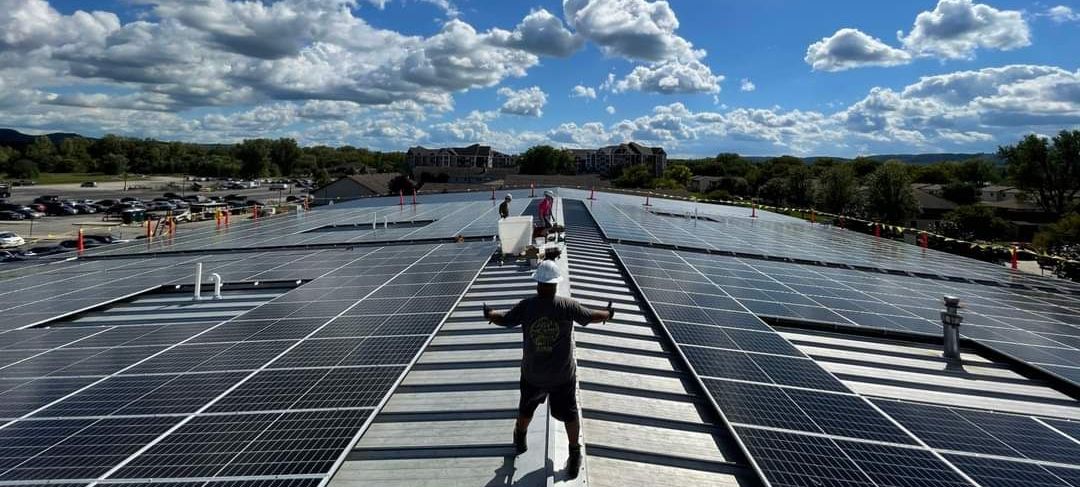
OWN YOUR POWER
We all love a bit of control over our destiny. A personal solar setup—or community solar arrangement—lets you take the reins on your energy future. If the grid starts wobbling during a blistering heat wave or an Arctic blast, your own panels (and possibly a battery backup) can help keep your lights on and your fridge running.
PV Magazine USA recently reported on bipartisan efforts in Congress to retain clean energy tax credits, which can make installing solar panels more affordable for homeowners and small businesses. That means more Wisconsinites can hop on board without breaking the bank.
So next time you see your neighbor’s roof glinting in the afternoon sun, remember that they’re not just saving money; they’re also making our shared grid a bit sturdier.
This Is Only The Beginning
So there you have it: how solar just might be the hometown hero we need. The rising demand for electricity, especially from AI-driven data centers, isn’t just an abstract national issue. It’s coming right to our doorsteps in Wisconsin.
By going solar, we:
- Tackle the surge in power consumption head-on.
- Keep energy investment and jobs local, boosting our state economy.
- Take charge of our own energy resilience in the face of extreme weather.
- Safeguard ourselves from price spikes or supply bottlenecks in fossil fuels.
By the way, this article was written with the help of an AI tool—an irony that isn't lost on us. We also understand that with great power comes great responsibility. While we seek to address the climate crisis, we recognize that installing solar isn’t only about being “green.” It’s about being prepared, empowered, and forward-thinking—all qualities that we Wisconsinites hold dear.
So let’s raise a glass—or a mug of coffee if that’s more your speed—to a brighter, more self-sufficient future. Ready to get started? Reach out for a free site assessment, snag those tax credits, and help forge a Wisconsin built on homegrown, sustainable power.
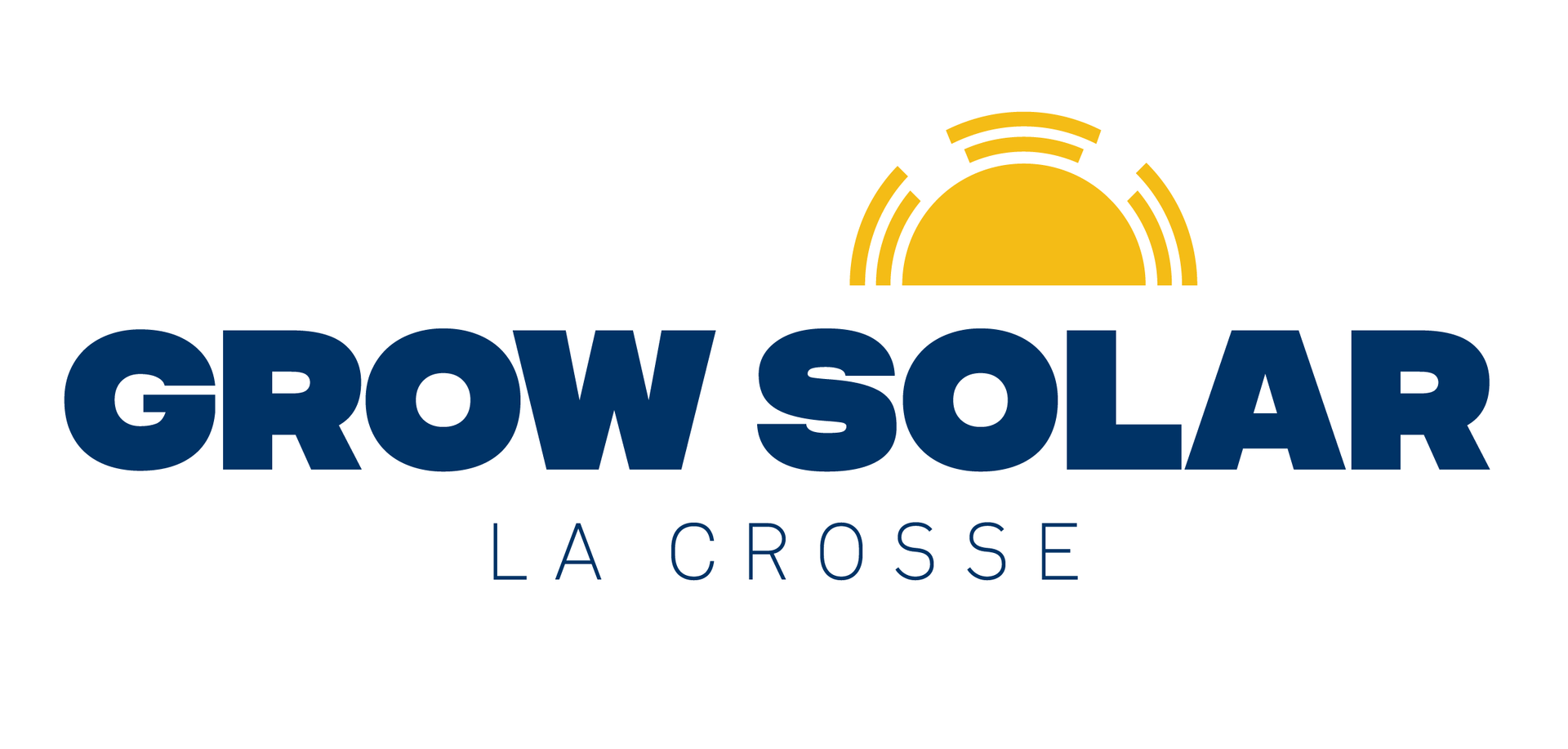
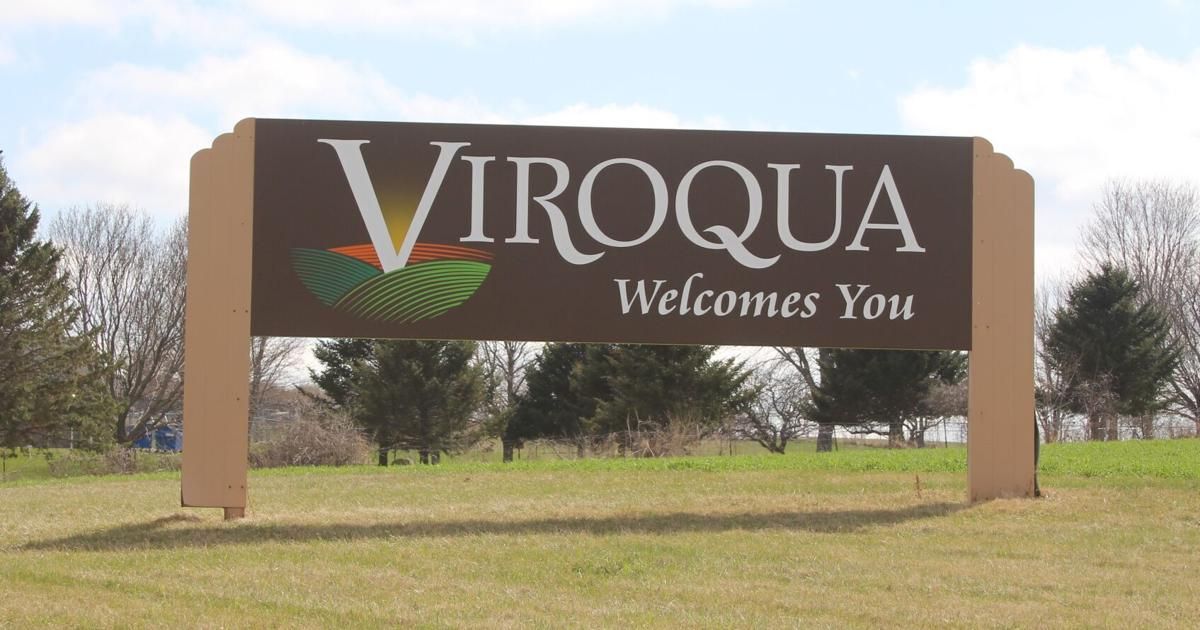

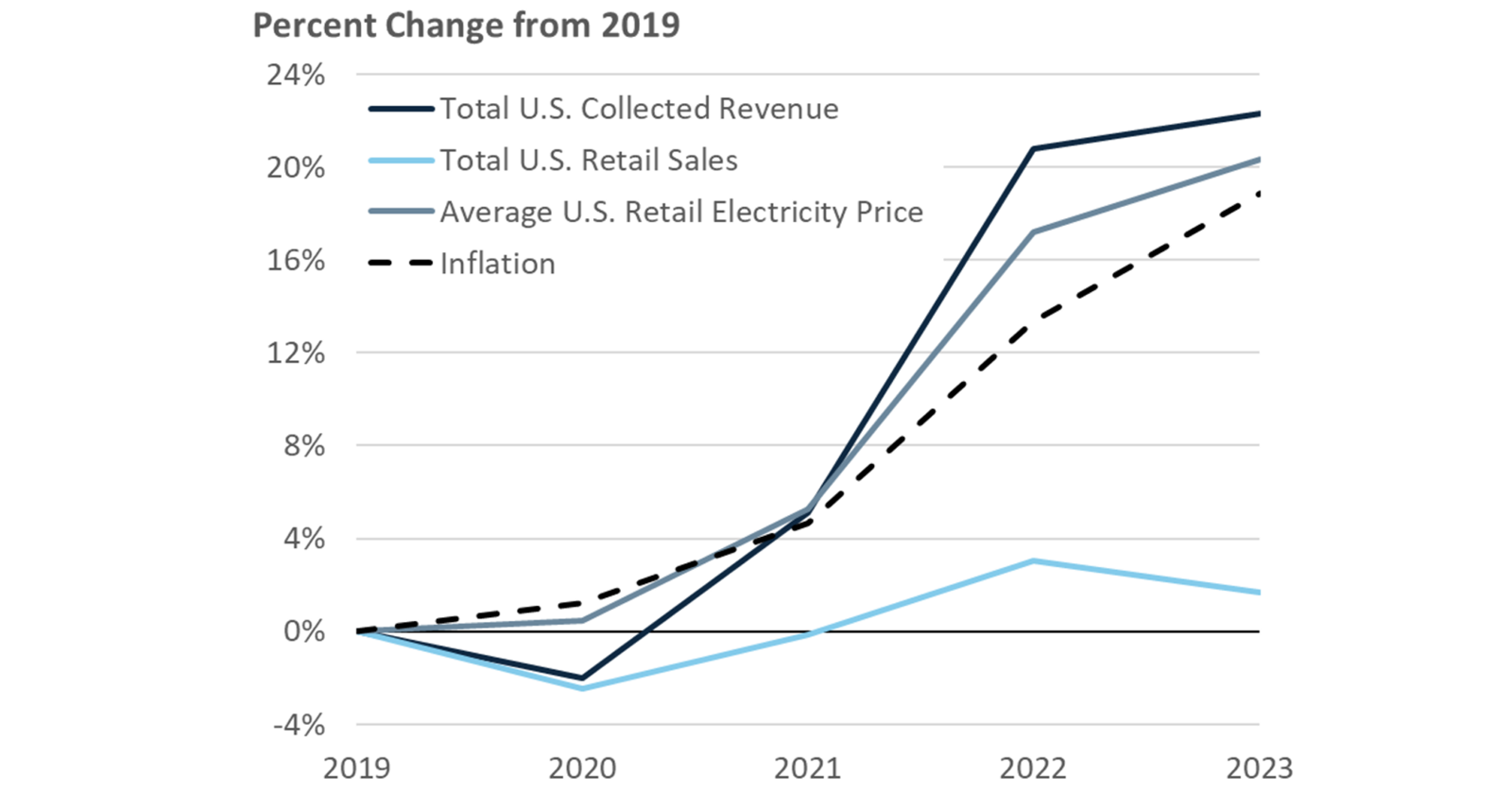





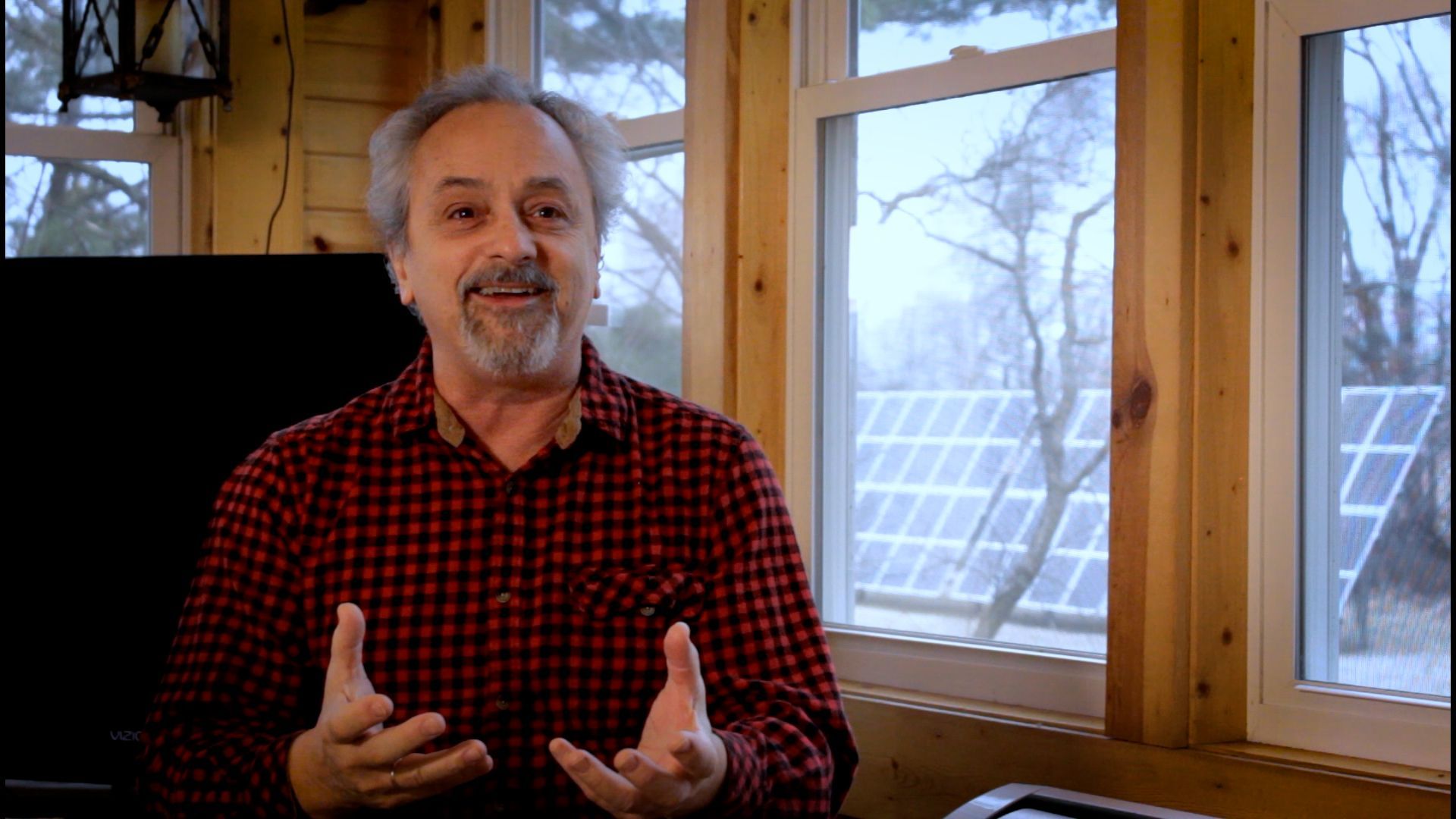
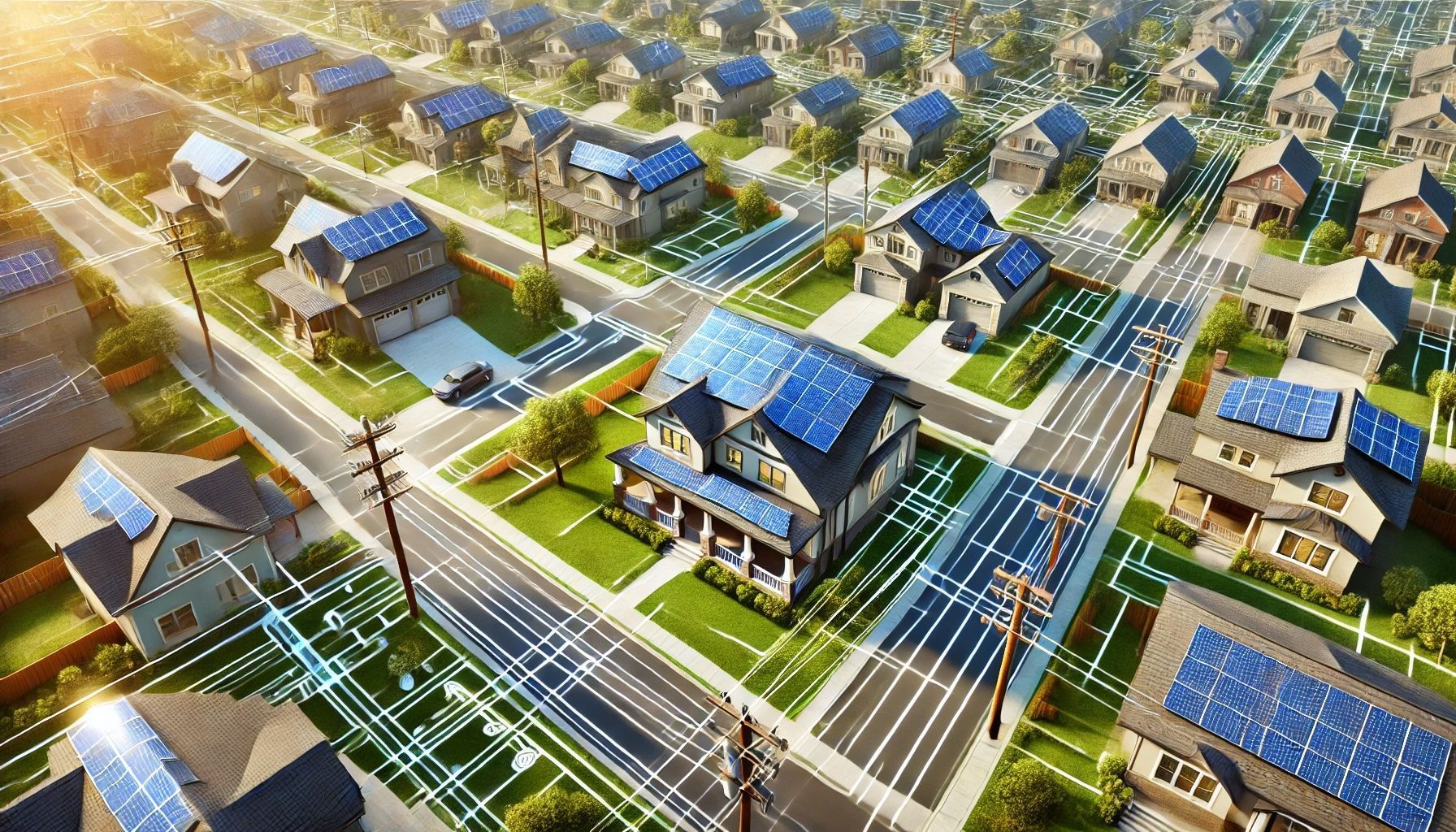
Share On: